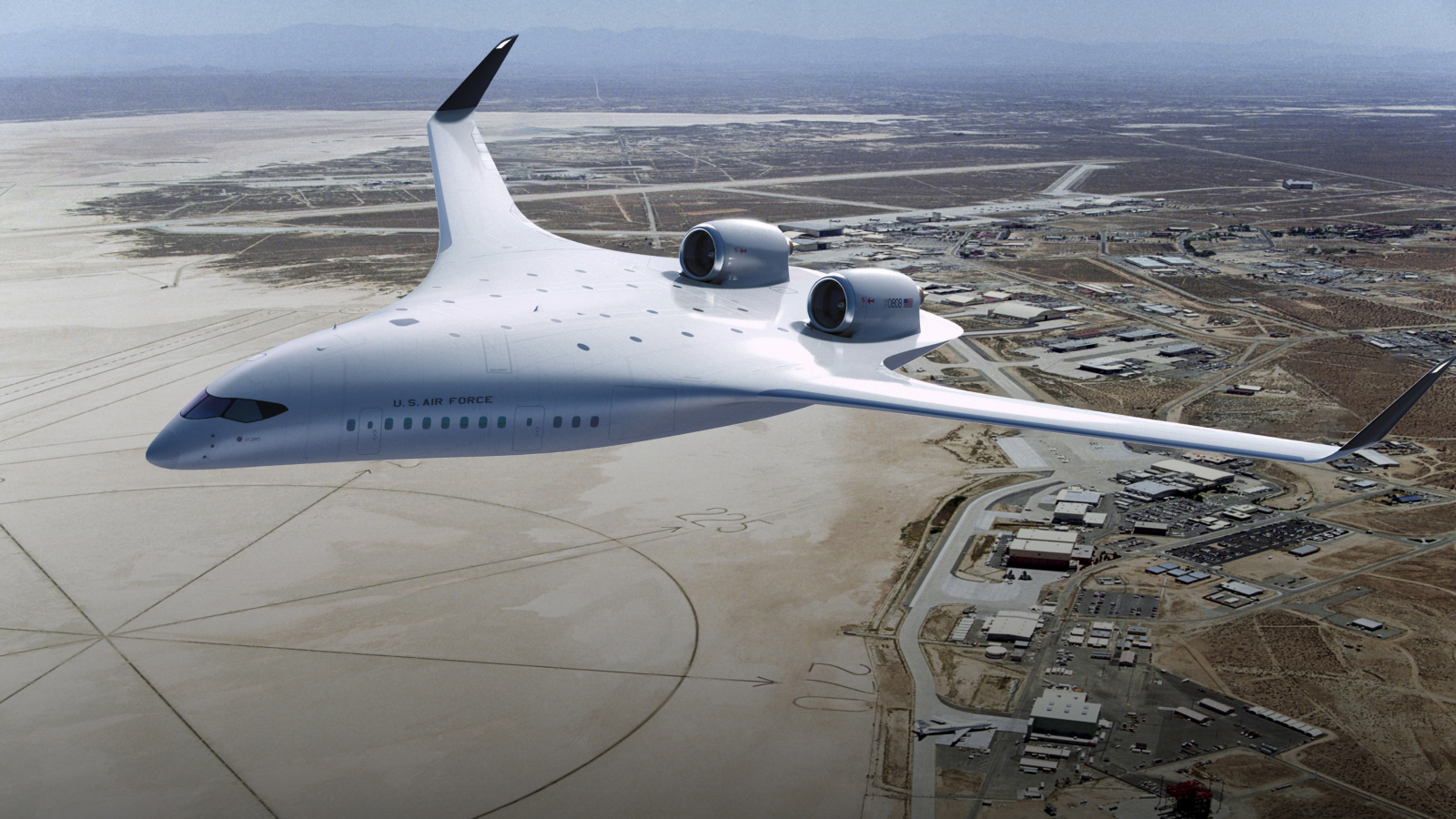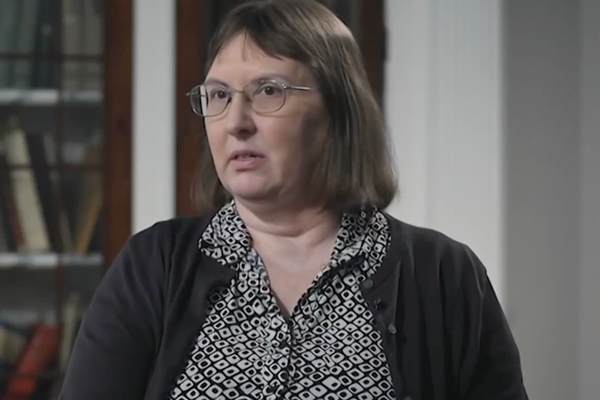
LAS VEGAS — A novel passenger jet could take to the skies in the next five years that has a completely different shape than any currently flying.
The plane uses a "blended wing" design, which could improve fuel efficiency by 50%, JetZero and Siemens representatives said Wednesday (Jan. 8) in a press conference held at CES 2025 in Las Vegas.
The concept of blended-wing aircraft, in which the wings blend seamlessly into the body, is more than 100 years old, having been first described by Russian pilot Nicolas Woevodsky, but it is most commonly associated with military aircraft.
Passenger jets have conventionally adopted a long, tubular body with wings that do not blend into a single flat plane. This is because switching to a novel plane design has been deemed commercially risky. Blended-wing aircraft, by contrast, can reduce fuel consumption and be quieter, thanks to higher lift-to-drag ratios and better integration of the noisy propulsion systems.
A new plane based on a 100-year-old design

JetZero representatives say their blended-wing design requires a shorter and wider fuselage that is blended together like the wing to provide lift, in turn reducing the surface area that is needed and creating a lighter plane with less drag. The size of the engines are also reduced, thanks to the reduced weight and drag, meaning more passengers can fit into a relatively smaller aircraft.
The new plane will be 100% compatible with sustainable aviation fuel as well as being capable of accommodating hydrogen fuel — with the long-term aim being to fly with zero emissions. It will hold 250 passengers and have a range of 5,750 miles (9,250 kilometers).
At CES, JetZero representatives announced a manufacturing partnership with Siemens to help realize the plane by 2030 — which they admitted was a very short timeframe. The companies hope they can meet this ambitious timeline thanks to digital twinning capabilities, which involve creating an exact digital replica of the proposed design. The digital twin also incorporates artificial intelligence (AI) that will help spot ways to improve the design — or whether a particular part may be replaced with one that's more optimal, for example.
"This digital twin is a strategic competitive advantage for us to be able to — with the end in mind — effectively create a simulation virtually," Tom O'Leary, co-founder and CEO of JetZero, said on stage.
Although JetZero aims to begin testing the aircraft by 2027, the factories to build it do not yet exist. In November, the company announced it had signed agreements with suppliers to create the components for the flight control system on a future prototype aircraft.
JetZero engineers are also working on an airplane for the U.S. Air Force.







